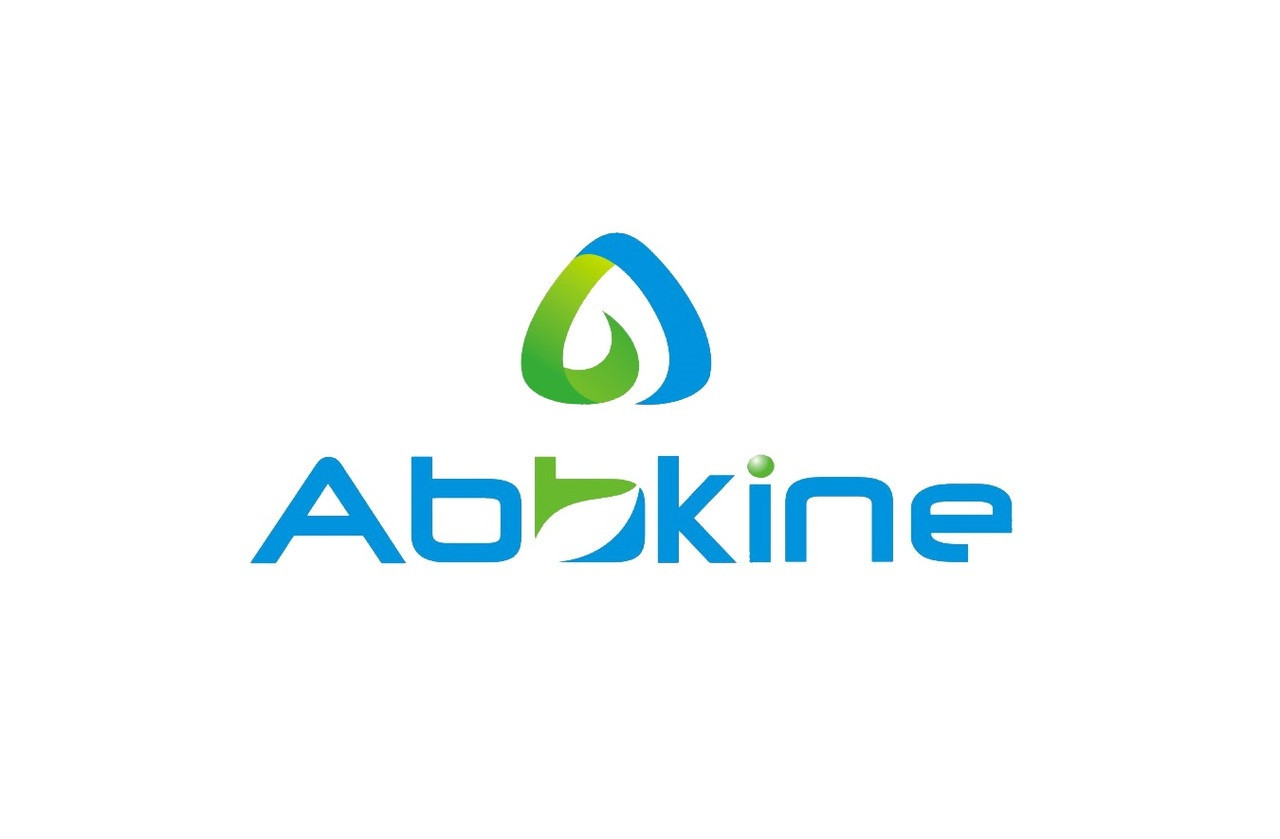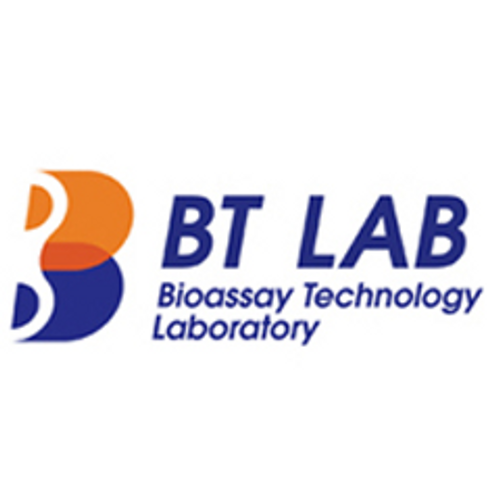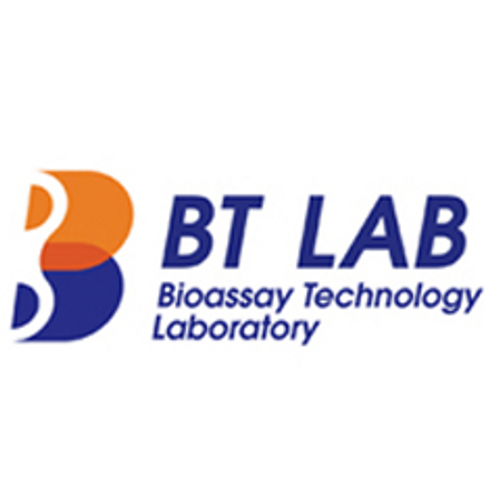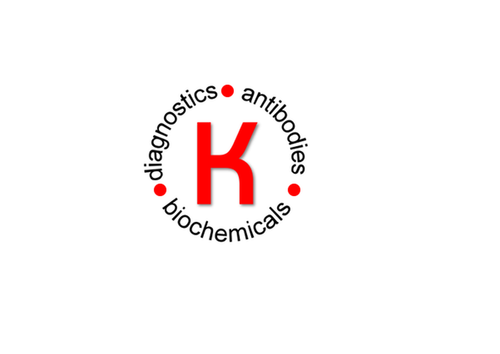Product Description
Human Aldose Reductase (AR) ELISA Kit | KTE60638 | Abbkine
Application: This Human Aldose Reductase (AR) ELISA Kit employs a two-site sandwich ELISA to quantitate AKR1B1 in samples. An antibody specific for AKR1B1 has been pre-coated onto a microplate. Standards and samples are pipetted into the wells and anyAKR1B1 present is bound by the immobilized antibody. After removing any unbound substances, a biotin-conjugated antibody specific for AKR1B1 is added to the wells. After washing, Streptavidin conjugated Horseradish Peroxidase (HRP) is added to the wells. Following a wash to remove any unbound avidin-enzyme reagent, a substrate solution is added to the wells and color develops in proportion to the amount of AKR1B1 bound in the initial step. The color development is stopped and the intensity of the color is measured.
Detection Method: Colorimetric
Conjugate: N/A
Sample Type: Cell culture supernatants#Serum#Plasma#Other biological fluids
Assay Type: Multiple steps standard sandwich ELISA assay with a working time of 3-5 hours. It depends on the experience of the operation person.
Kit Component: • Human Aldose Reductase microplate
• Human Aldose Reductase standard
• Human Aldose Reductase detect antibody
• Streptavidin-HRP
• Standard diluent
• Assay buffer
• HRP substrate
• Stop solution
• Wash buffer
• Plate covers
Features & Benefits: Human Aldose Reductase (AR) ELISA Kit has high sensitivity and excellent specificity for detection of Human AKR1B1. No significant cross-reactivity or interference between Human AKR1B1 and analogues was observed.
Calibration Range: Please inquire
Limit Of Detection: Please inquire
Usage Note: • Do not mix components from different kit lots or use reagents beyond the kit expiration date.
• Allow all reagents to warm to room temperature for at least 30 minutes before opening.
• Pre-rinse the pipet tip with reagent, use fresh pipet tips for each sample, standard and reagent to avoid contamination.
• Unused wells must be kept desiccated at 4 °C in the sealed bag provided.
• Mix Thoroughly is very important for the result. It is recommended using low frequency oscillator or slight hand shaking every 10 minutes.
• It is recommended that all samples and standards be assayed in duplicate or triplicate.
Storage Instruction: The unopened kit should be stored at 2 - 8°C. After opening, please store refer to protocols.
Shipping: Gel pack with blue ice.
Precaution The product listed herein is for research use only and is not intended for use in human or clinical diagnosis. Suggested applications of our products are not recommendations to use our products in violation of any patent or as a license. We cannot be responsible for patent infringements or other violations that may occur with the use of this product.
Background: The androgen receptor (AR) is more than 90 kb long and codes for a protein that has 3 major functional domains: the N-terminal domain, DNA-binding domain, and androgen-binding domain. The protein functions as a steroid-hormone activated transcription factor. Upon binding the hormone ligand, the receptor dissociates from accessory proteins, translocates into the nucleus, dimerizes, and then stimulates transcription of androgen responsive genes. This gene contains 2 polymorphic trinucleotide repeat segments that encode polyglutamine and polyglycine tracts in the N-terminal transactivation domain of its protein. Expansion of the polyglutamine tract causes spinal bulbar muscular atrophy (Kennedy disease) . Mutations in this gene are also associated with complete androgen insensitivity (CAIS) .
Alternative Names: AKR1B1; ADR; ALDR1; ALR2; AR; MGC1804; Lii5-2 CTCL tumor antigen; aldehyde reductase 1; aldo-keto reductase family 1; member B1; aldose reductase; low Km aldose reductase
Search name: AKR1B1; ADR; ALDR1; ALR2; AR; MGC1804; Lii5-2 CTCL tumor antigen; aldehyde reductase 1; aldo-keto reductase family 1; member B1; aldose reductase; low Km aldose reductase
Tag: AKR1B1
 Euro
Euro
 USD
USD
 British Pound
British Pound
 NULL
NULL












